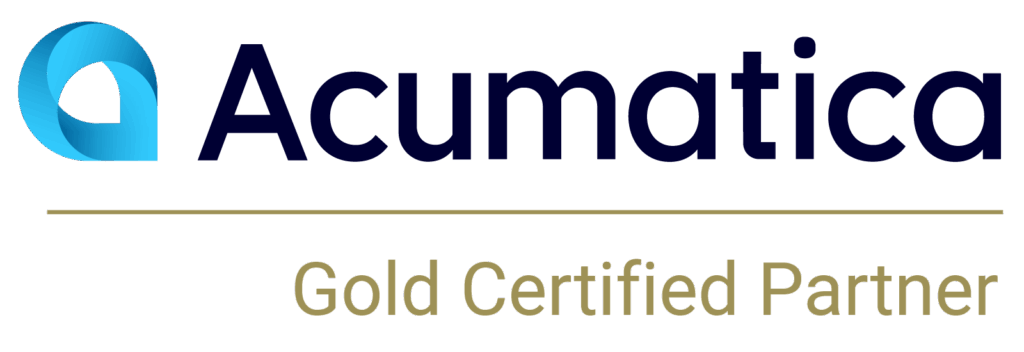3 Best Practices Mining Companies Can Borrow From Formula 1 Racing
“Business Improvement has two steps; measure the gaps and do something about it.”
Graham Lumley, Director Mining Intelligence and Benchmarking, PwC Australia
In 1950, a Formula 1 racing pit stop took an average of 67 seconds to do their job. Today a pit crew can send its car back out on the track in less than 12 seconds (the world record is 1.91 seconds!). New technologies, improved teamwork, and better resource utilization contributed to this arc of continuous improvement over the decades. Are there are lessons mining companies can learn from these highly efficient crews? We think so. Here we outline three takeaways from pit crews that are applicable to the continuous improvement efforts within your mining operation.
- Get the right people behind the wheel
Pit crews are analogous to the well-oiled machines they maintain—many moving parts, each performing a vital role, coming together to create something bigger than any individual could do alone. Pit crews understand their role, they know the process, they communicate and work collaboratively, and they continually look for ways to improve the way they perform their jobs.
For mining companies, building a strong team is also a crucial element of continuous improvement, and it starts with your Human Resources department. HR is connected to each person who enters and leaves the organization. HR is the first to welcome each new employee and serve as a conduit throughout each employee’s career with the organization. The HR team is in a unique position to teach and reinforce your mining company’s continuous improvement culture each and every day.
The HR team can set the bar for continuous improvement through their roles in recruiting, interviewing, onboarding, offboarding, training & development, performance management, benefits, , employee relations, and communications.
Read more recruiting and retention strategies here, and more about HR solutions for mining companies here.
- Accelerate the use of data
The world of auto racing is highly dependent on big data. Vehicles are equipped with hundreds of IoT sensors that continually transmit data to engineers who pore over it looking for ways to improve safety, minimize errors, maximize speed, and inform decisions. Racing teams put this data to work to continually improve performance. In fact, much of that data is analyzed in real time so that it can be put to use during the current race.
Big mining operations are also accelerating their use of data as part of continuous improvement initiatives. Rio Tinto’s iron ore business in Perth, Australia generates 2.4 terabytes of data every minute from hundreds of pieces of mobile equipment and sensors that provide real-time data on location and condition monitoring of the equipment. The company uses that data to reduce maintenance and production costs from unplanned breakdowns, even leveraging machine learning and advanced modeling to identify problems before they occur.
Mining companies of all sizes can take a page from auto racing and Rio Tinto and leverage big data to continually improve operations. Key Performance Indicators (KPIs) are one effective way to make sense of big data. Mining companies can establish KPI benchmarks to continuously measure both financial and non-financial indicators operational activities that affect their operation’s overall efficiency and profitability. Access to real-time information on complex projects, labour and equipment utilization, and other critical metrics helps mining companies uncover the true costs of their operations, predict project outcomes, prevent budget overruns and identify opportunities for operational efficiencies.
Read more about data handling and mining KPIs here.
- Fuel improved resource optimization
Formula One racing teams spends millions of dollars on research and development—continually seeking to optimize their resources to generate even minute gains in performance. Some of the industry’s discoveries even make their way off the racetrack and onto the roads as car manufacturers implement improvements surrounding aerodynamics and full efficiency.
Resource optimization is just as imperative for mining companies. Because mining is a commodity business, you can’t control the price of your product. The only part of the equation that you can control is your cost and expenses. Using continuous improvement can help to reduce costs and streamline efficiency, helping to keep your mining company profitable even when the price of your commodity falls.
Two of the most expensive components are labour and equipment, so any continuous improvement initiative should include efforts to optimize usage of these precious resources. Fortunately, software tools exist to help mining companies like yours improve resource optimization.
Equipment and asset tracking and maintenance software tools help track each piece of equipment, and the costs associated with running, maintaining, and repairing them. The applications will allow you to schedule both usage and maintenance around active operations to maximize productivity and minimize down time.
Scheduling software tools allow you to clearly view employee availability and assign employees to various locations, projects, and tasks, enabling you to allocate labour resources where they’ll be most effective. The ability to track unique skill sets and certifications among your workforce ensures you’re assigning the right person to the job. And, scheduling data is shared with employees to enable them to plan their workdays more efficiently.
Read more about equipment and asset tracking and maintenance solutions here and more about the benefits of effective equipment management here.
The finish line
While we’ve had some fun here, continuous improvement is serious business. From growing and empowering the right people, to capturing and analyzing the right data, to optimizing the equipment in your care, opportunities for continual improvement are plentiful. Mining organizations that recognize that an investment in a commitment to continuous improvement is money well spent are the organizations that are likely to lap the competition and be first across the finish line.



